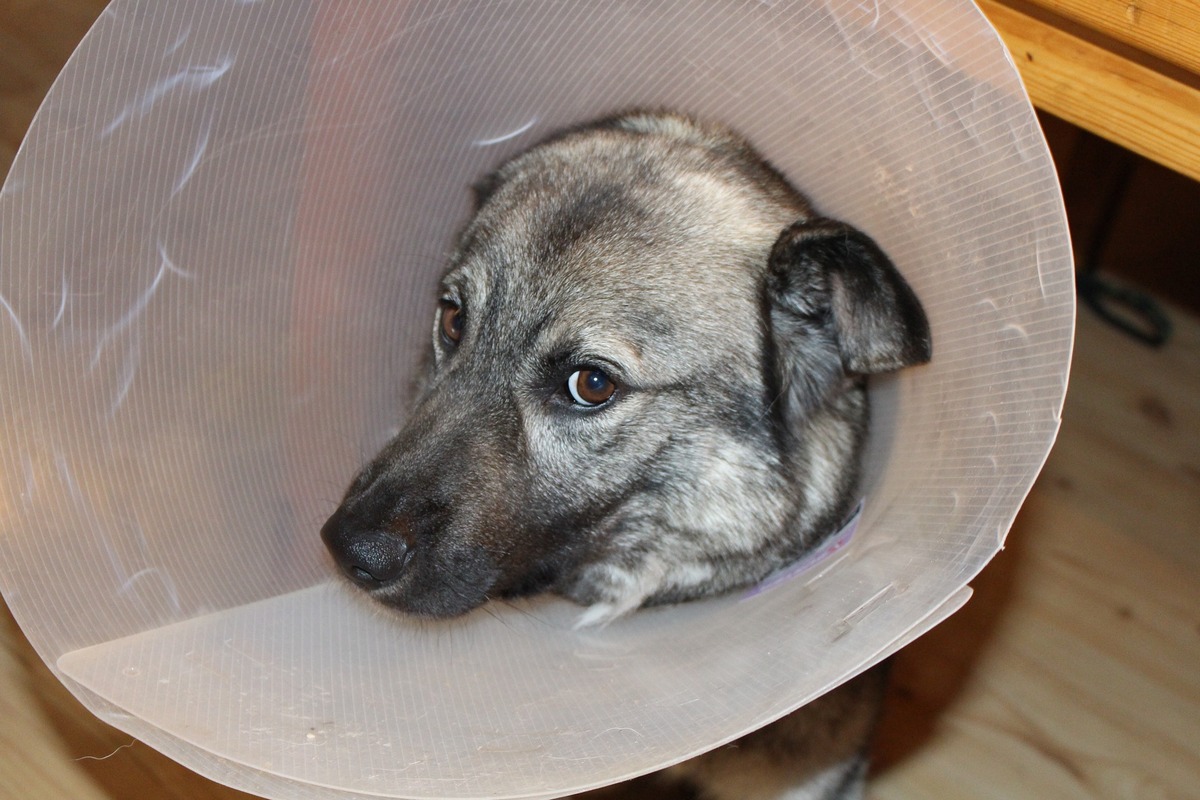Sterilization is the surgical or medical termination of reproductive function in animals. Routine neutering of pets in a veterinary clinic is carried out with the consent of the owner in the operating room, with postoperative observation in a short-term surgical hospital. Surgical sterilization of animals is carried out using different methods:
- Medical sterilization, Termination of reproductive function due to the action of hormonal drugs.
- Ovariectomy. An operation for females, in which only the ovaries are removed.
- Ovariohysterectomy. The most common method for neutering females. The uterus and ovaries are removed, after which the female loses her libido, sexual functions completely cease.
- Orchifuniculectomy or castration. Removal of testes from males.
Benefits of neutering cats and dogs
If pet owners do not plan breeding, then sterilization of females will be the right decision that will help keep the pet healthy. There are a number of reasons why veterinarians recommend sterilization for all female pets:
- Prevention of pathologies of the reproductive system. If sterilization was carried out before the first estrus (in dogs at the age of 8-10 months, in cats at 6-8 months), the risk of developing such pathologies as breast tumors is almost completely eliminated. And the development of pathologies such as pyometra, endometritis, ovarian and uterine cysts is completely excluded.
- Elimination of hormonal problems. Ovariohysterectomy leads to a blockage of the production of sex hormones, so females have no estrus, no mood swings, no sex drive and no desire to find a partner.
- Spayed dogs and cats are calmer, more obedient, and more controllable.
Preparation and conduct of the operation
Ovariohysterectomy is prescribed after the examination of the animal: blood and urine tests, in some cases, ultrasound or echocardiography may be required. The operation is performed only on completely healthy animals that have undergone vaccination and deworming.
Since sterilization is an abdominal operation, it must be carried out under sterile conditions in a prepared animal. The veterinarians of the center do not perform sterilization at home, as this significantly increases the risk of infection and the development of complications.
Preparation of the animal includes a fasting diet for 12 hours before the operation and refusal to drink for 4 hours. The operation lasts 30-60 minutes, after which the animal comes out of anesthesia and in a few hours your pet will be able to go home.
